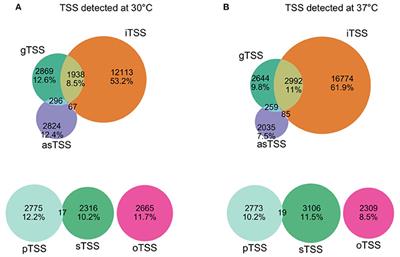EDITORIAL
Published on 11 Sep 2018
Editorial: Pathogenesis of Leptospira
doi 10.3389/fcimb.2018.00322
- 8,385 views
- 9 citations
14k
Total downloads
91k
Total views and downloads
Select the journal/section where you want your idea to be submitted:
EDITORIAL
Published on 11 Sep 2018
MINI REVIEW
Published on 20 Jun 2018
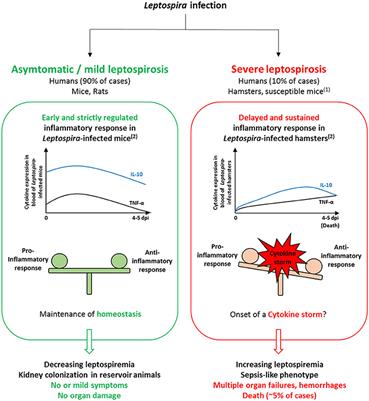
ORIGINAL RESEARCH
Published on 19 Jun 2018
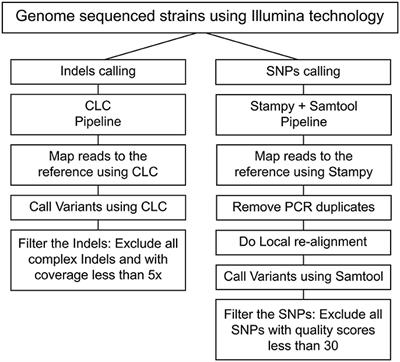
ORIGINAL RESEARCH
Published on 27 Mar 2018
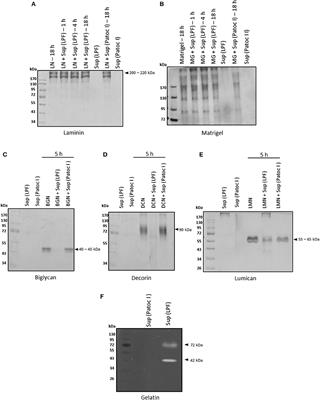
ORIGINAL RESEARCH
Published on 14 Mar 2018
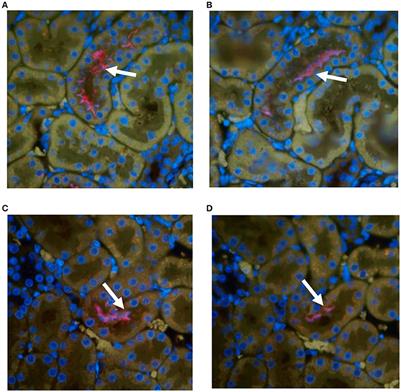
ORIGINAL RESEARCH
Published on 08 Mar 2018
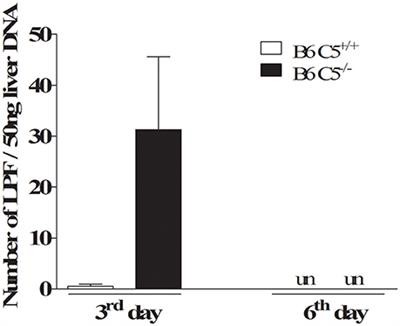
ORIGINAL RESEARCH
Published on 23 Feb 2018
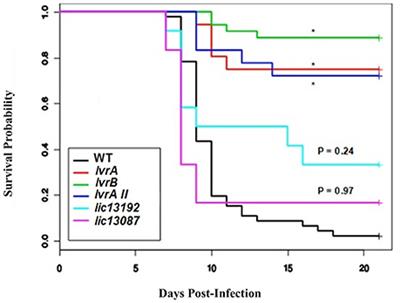
ORIGINAL RESEARCH
Published on 09 Aug 2017
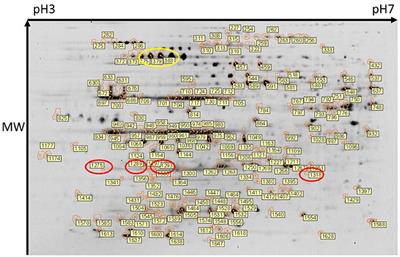
ORIGINAL RESEARCH
Published on 19 Jan 2017
